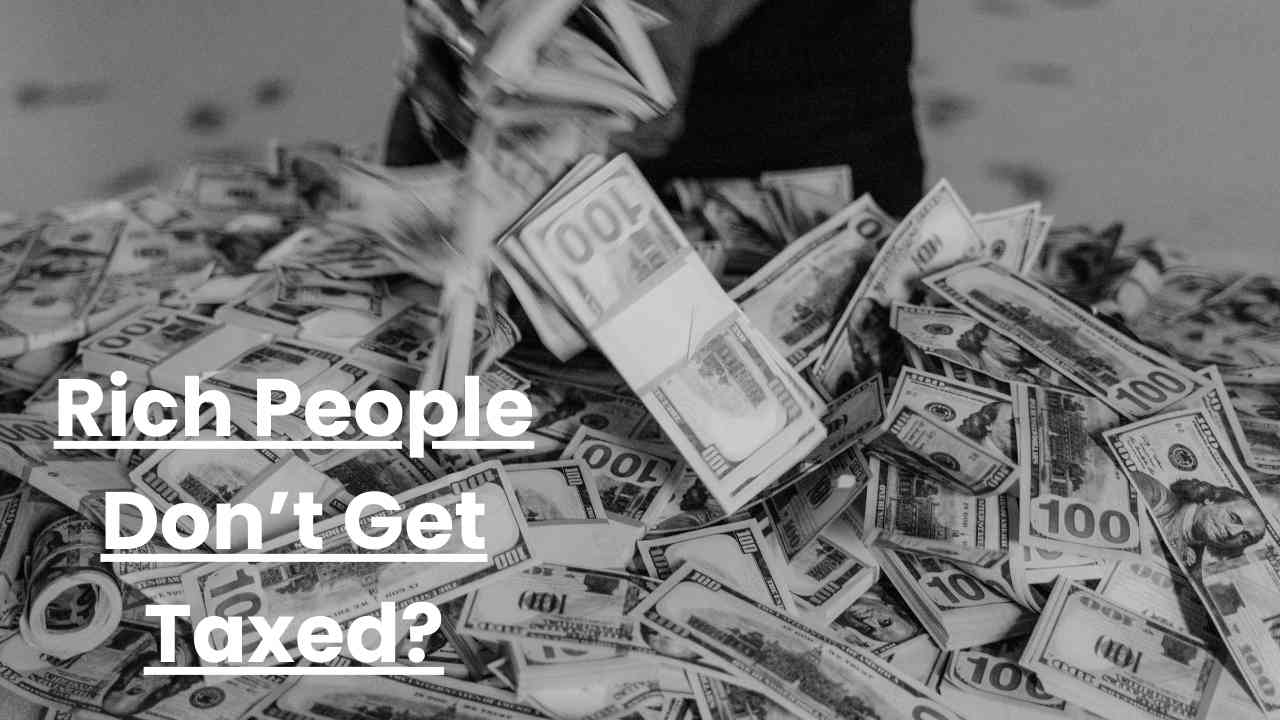
In America, having more money often makes life easier, especially when it comes to taxes. The wealthy enjoy certain tax advantages that the middle class simply doesn’t have access to.
“The wealthy often have opportunities for tax savings that aren’t available to the middle class,” says Jonathan Feniak, a former Wells Fargo financial advisor.
It’s not just the size of their bank accounts that sets the rich apart from everyone else. The IRS treats the middle class and the wealthy very differently, and the middle class often feels the brunt of that difference.
When Money Earns More Money, the IRS Takes Less!
One of the biggest differences between the rich and the middle class is how they earn their money. The rich make most of their income from investments, while the middle class relies on wages from their jobs.
According to a 2023 Brookings Institute report, investments and businesses make up 82% of the income for the top 0.01% and 88% for the top 0.001%. Meanwhile, the bottom 80% of households earn just 7% of their income this way.
This matters because the IRS taxes wages more heavily than investment income. The rich benefit from a lower long-term capital gains tax rate, while the middle class gets hit harder with higher income tax rates. Brookings sums it up like this:
“Wages face heavier taxation than capital income, even though wages go mainly to low- and middle-income households.”
4 Ways Trump’s Financial Proposals Might Affect Your Day-to-Day Costs!
Working for a Living Means Paying More in Taxes!
A 2023 report from the Manhattan Institute highlighted that 75% of all long-term capital gains go to the richest 1%, while the top 5% report 85% of all capital gains. For the middle class, most income comes from wages, which are taxed at higher rates.
The rich pay no more than 20% on their long-term capital gains, while the middle class can end up paying as much as 37% in income tax. Essentially, the rich get a nearly 50% tax break by not relying on wages for most of their income.
Thinking About Early Retirement? Here’s What It Means for Your Social Security!
Unrealized Gains Let the Rich Avoid Taxes for Life!
While most Americans live off their wages, which are taxed throughout the year, the richest households can live off capital gains that may never be taxed.
The trick is that investments aren’t taxed until they’re sold. Until then, the returns they generate are called unrealized gains, and they don’t have to pay taxes on them.
Why Experts Say These 7 States Aren’t Ideal for Buying Property Right Now!
Borrowing Against Wealth: The Ultra-Rich Playbook!
According to Federal Reserve data, America’s billionaires hold $8.5 trillion in untaxed income in the form of unrealized gains. So, how do they live off that money?
Instead of selling their investments and paying taxes, the rich borrow against their assets. They take out flexible, low-interest loans called Securities Backed Lines of Credit (SBLOCs) to fund their lifestyles.
When they die, their heirs sell enough stock to pay off the loans, thanks to a tax loophole called the step-up in basis. This allows them to avoid capital gains taxes entirely.
Meanwhile, middle-class investors have their money tied up in retirement accounts like 401(k)s and IRAs, which are taxed either when they contribute or when they withdraw funds.
5 Potential Financial Changes If Kamala Harris Wins in 2024!
The Rich Escape Death Taxes, Too!
It’s often said that nothing is certain but death and taxes, but the rich have found ways to avoid the latter.
The ultra-wealthy often work with tax advisors to use trusts and estate planning strategies to reduce taxes for their heirs. For instance, Grantor Retained Annuity Trusts (GRATs) let the rich pass on millions to their heirs tax-free.
The middle class, on the other hand, often don’t even have a basic will, much less complex tax-avoidance strategies. According to PlannedGiving, nearly 70% of Americans don’t have a will, leaving their heirs to deal with taxes and other complications after they die.
As Feniak explains, “Access to tax-lowering strategies is often more limited for the middle class due to the cost and complexity of tax planning services.”
In the end, while the rich find ways to minimize their tax burden, the middle class ends up paying more — both in life and after death.
